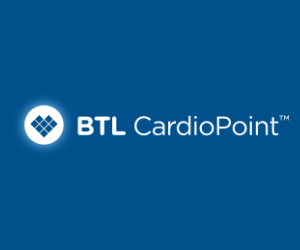Sarcopenia and osteoporotic fractures in elderly patients with rheumatoid arthritis
Sarcopenia (SP) is a loss of mass and strength of skeletal muscles. It is a progressive and generalized skeletal muscle disorder that is associated with a physical disability, and is associated with an increased risk of poor outcomes such as loss of independence, hospitalization, cognitive impairment, and death. Primary SP develops with aging, while secondary SP is a consequence of disease, inactivity, or malnutrition. The risk of SP in rheumatoid arthritis (RA) is increased by older age, longer disease duration, and by the use of glucocorticoids, while it is decreased by the use of disease-modifying antirheumatic drugs. In RA, muscle mass loss is most often accompanied by normal or increased adipose tissue mass, meaning sarcopenic obesity or rheumatoid cachexia, and it increases the risk of dyslipidemia, diabetes, and cardiovascular diseases. Loss of overall body composition, i.e. muscle and fat tissue, occurs in the long-term advanced stage of RA and in RA refractory to treatment, and is associated with inflammation. In the prevention and treatment of SP, the most important are strength exercises, physical activity, proper nutrition, and vitamin D supplementation and control of associated diseases can also help.
Key words:
muscle strength; osteoporosis; physical performance; rheumatoid arthritis; sarcopenia





